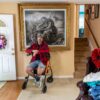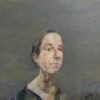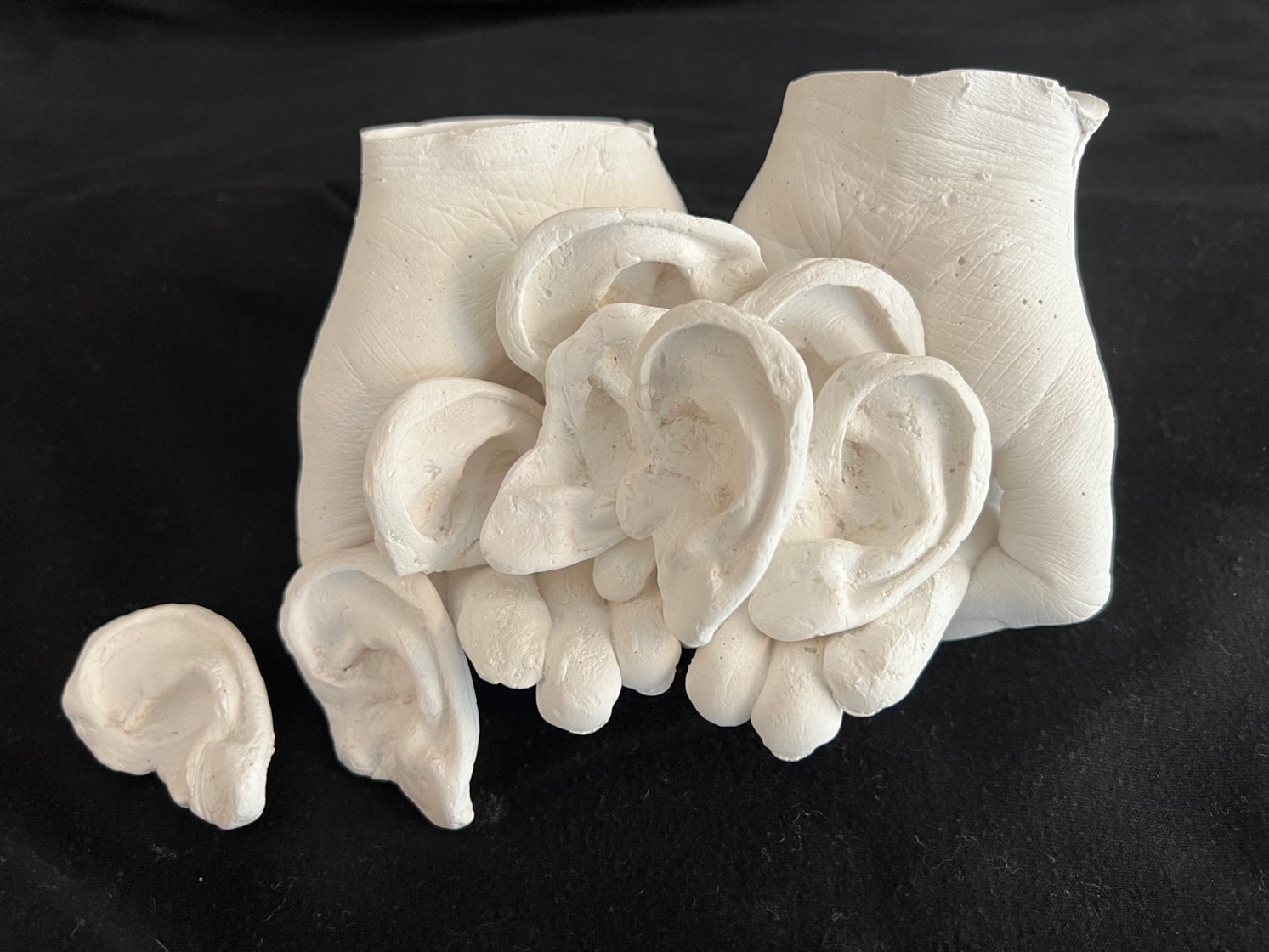ARTIST STATEMENT
In his work The Ear of the Other, French philosopher Jacques Derrida, playing on “autobiography”, coined the word “otobiography” (oto- = pertaining to the ears) to evoke the intersubjective relationship between storyteller and storyhearer: When I reveal myself through my art, it is the viewer who exercises interpretive power. This vulnerability is something I’ve wrestled with in my writing, much of which is autobiographical: How to tell the story of my invisible disability, despite the ever-present risk of misjudgment and misunderstanding, which can be a kind of violent erasure? With this piece, I desired to juxtapose strength and vulnerability. The ear is the body part I most associate with my disability. Severed from the head and replicated, it creates a macabre effect, while also nodding to the repetitive and overwhelming nature of the symptom itself. The otherwise shocking image is softened by being cradled in my two open hands, a body part which suggests my agency. Thus, the very act of telling my story through art is courageous, a means of exercising my power by claiming visibility: I open myself in participation with the other who interprets me.
ABOUT THE ARTIST
Amanda Sarasien is a writer and literary translator working from French and Portuguese into English. She thinks deeply about the intersections of language and body across mediums and genres, especially the ways (dis)ability (in)forms understanding and self-expression. Her visual arts practice is therefore an extension of her writing and translation, blurring the boundaries between text and image. She has exhibited at the Toledo Museum of Art and published in Electric Literature, The Common, Chicago Review of Books, and elsewhere. A founding member of the Third Coast Translators Collective and past co-chair of the PEN America Translation Committee, she lives and creates in Chicago.
© Amanda Sarasien



